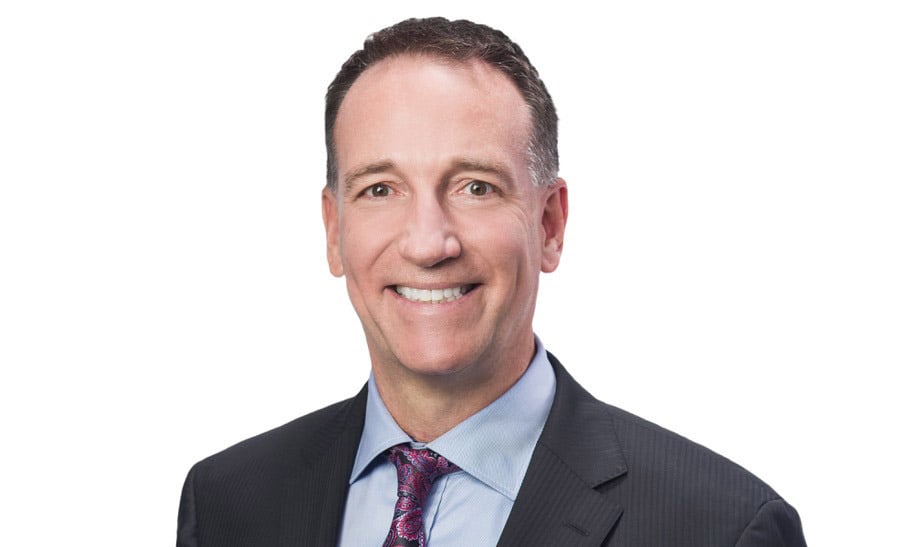Former VP at one of Canada's big banks revels in transition to independent, bouncing back to $300 million in AUM within four weeks

Bank advisors who want to join an independent to ensure they provide the best advice for their clients shouldn’t hesitate because transitioning may be better than they think, said a former BMO Nesbitt Burns vice-president who joined Raymond James a month after his 20th anniversary at the bank.
“It’s a challenge making the move. You just don’t know what exactly is going to happen. You don’t know how long it’s going to take to get settled,” Mark Hougen, now Senior Vice President and Portfolio Manager with Hougen Wealth Management, Raymond James, in Calgary, told Wealth Professional. He had one of BMO’s top teams for 14 consecutive years before moving 120 clients and about $300 million in assets under management (AUM) this year.
“We had a remarkably fast transition,” he said. “It was one of the fastest, if not the fastest. We were back to 100% of assets under management within four weeks. Wow. That’s amazing.”
While Hougen said it normally takes six months to return to 100%, he attributed his team’s success to discerning a good fit, then having Raymond James’ transition team support and digital technology, such as DocuSign.
“My clients over 70 said, well, ‘it’s not a bank, but we trust you’ve done your due diligence. Under 60 said, ‘Thank God, you left the bank,’” he said. “So, I would say to advisors thinking of leaving the banks that we often think people won’t want to leave the bank, they’ll want to stay with something they know. I thought that was very true, and it wasn’t.
“But that’s one of the reasons I wanted to go to a large independent firm like Richardson or Raymond James because they’re well-known, huge companies with a great long-term reputation. This isn’t some brand new start-up. I think that helped, for sure. But I was pleasantly surprised that people weren’t hung up on the fact that it wasn’t a bank.”
Hougen, like others, had been watching the North American trend of advisors leaving banks for independent firms for several years, but noticed the Canadian exodus of senior investment advisors in the past three. He joined it after trying to work from within and offer feedback “to help them understand how our business can really excel and grow, and do well for the clients and the business.”
When it wasn’t received, he chalked up all the other sticking points, too. He wanted to put his clients’ interests ahead of the bank’s, offer more than proprietary products, hire more assistants to service clients, and access the software the independents had rather than just use the banks’ software.
“The reason we moved was we couldn’t do our best work where we were before. We were having our hands tied behind our back,” said Hougen. “We wanted to be able to offer independent solutions, independent advice, and not have any external or internal conflict. So that was a really important distinction for us to find an independent firm. That’s certainly one reason why we didn’t move to another bank-owned firm because, unfortunately, they’re very similar that way.”
He also felt banks were “really doubling down on mass market, cross-selling standardization. They want everybody to be exactly the same – and that’s antithetical to how we do business. I’d say all the best advisors are independent firms. We’re entrepreneurial, we’re not cookie-cutter. We don’t do standardization, we do customization, and that’s antithetical to how the banks are scaling up clients with credit cards, mortgages, and now their products with essentially the same cookie-cutter model. The customization the advisors want to do is not scalable. We can’t make this mass market.
“Bank-owned firms are adding bank tellers and financial planners to their wealth management divisions. That’s who they’re filling their wealth management with – inexperience, and all they know is proprietary product.”
Hougen is concerned that the mass market cross-selling model “is just not in the client’s best interest where they want to wrap their arms around the clients and do everything from credit cards to mortgages to a little bit of investment advice,” he said. “That’s just a bit of a mass market shotgun approach and the banks are good at it. It’s appropriate for some people, but not for those high-net worth people.”
Hougen said a dozen people – most of his former branch’s large brokerage teams and biggest advisors – left his bank in the last year. He noted BMO Nesbitt Burns peaked at 1100 advisors and now has 800, while Raymond James has added 150 advisors in the last six years and only lost four.
He figured others will leave the banks, too, even though “it’s hard to move. It’s a pain, frankly. I didn’t want to move. I would have been happier staying in one spot my entire career. But, at some point, I think every large independent advisor is going to say, ‘I just can’t do my best work for our clients here anymore.’”
Hougen noted that while “banks are all about cost cutting”, independent firms offer more support. Raymond James and Richardson Wealth – and Wellington’s is starting – now provide the full infrastructure suite that advisors want. They’ve got the latest software, but also things like transition support. Its management structure is also flatter and more attuned to its advisors’ needs.
“If there’s one thing I’d like to get across in this article, it’s that when you move, you’ve got walking power,” said Hougen. “So, if you’re an advisor and you come to Raymond James, you can leave at any time. The deal says they won’t try to keep your clients. So, imagine how much more senior management is interested in what you have to say and issues you might be having because if they don’t deliver, or if they go off in a different direction than what you think is best for your clients, you can move and do what’s in the best interest of your client. That’s fantastic.”



